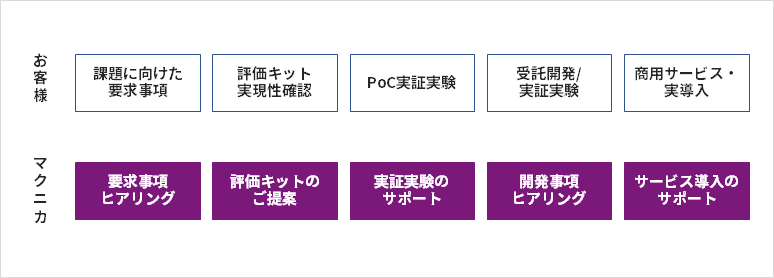Which object detection solution is right for you?
Technological advances in AI and deep learning have made it possible for machines to judge situations in the same way as humans, and AI has made it possible to increase the accuracy of the work that humans have done many times over. These technologies are not on a grand scale such as full automation by AI and creation of added value, but they are sublimated into solutions that improve minor problems in daily work, and their use in various business scenes in Japan is accelerating. In particular, the use of "object detection", which distinguishes people and things based on images and data from IoT devices such as cameras and sensors, is increasing. There are a wide variety of applications, such as people counting and product inspection, but there is more than one way to achieve these. Depending on the data you want to acquire, you can use different cameras and sensors that are good at it, and there are a wide range of solutions.
In this article, we will introduce the solutions we handle so that you can find the optimal solution that is close to what you want to achieve from the many object detection solutions.
Usage examples by industry
manufacturing industry
・Production line visual inspection:surface flaw detection
・Employee safety management: Hazardous area intrusion detection
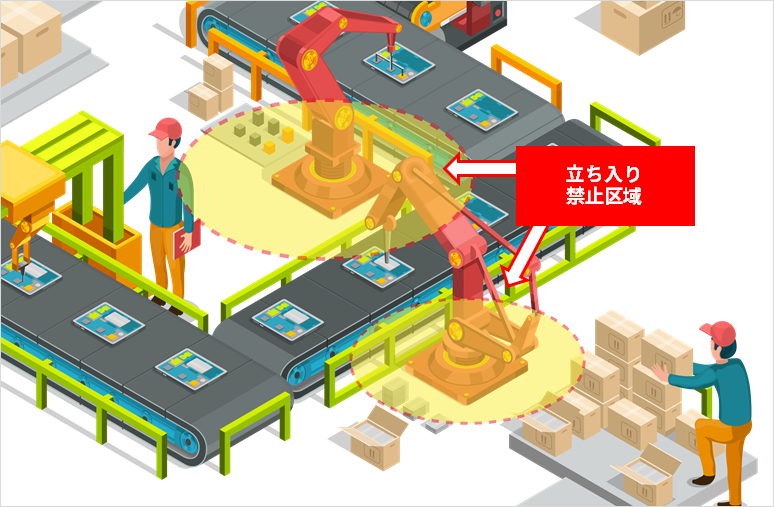
Construction industry
・Prevention of contact accidents caused by heavy construction equipment: Millimeter-wave sensors
・Warning of restricted areas: mmWave sensor, LIDAR
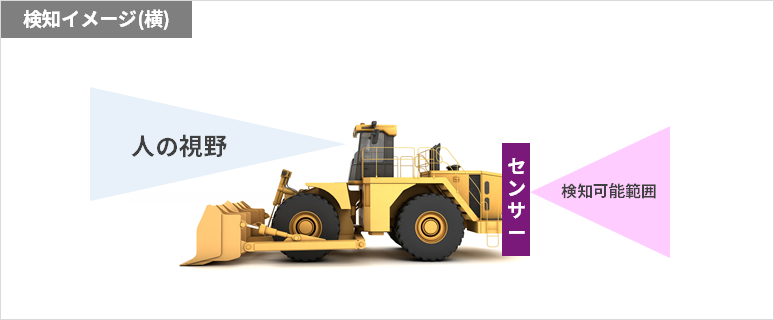
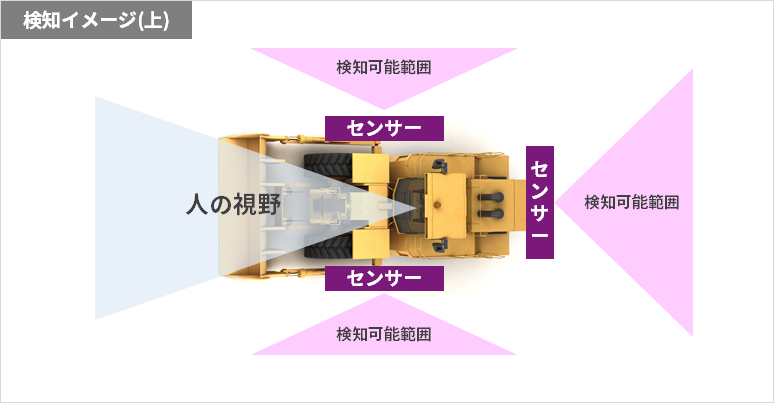
Commercial Facilities/Retail
・Residence time for each shelf: Counting people 3 benefits of “people counting” that visualizes the movement of people in complex facilities
・Ratio of store entrances: Attribute analysis/People count Solutions using AI image analysis
Medical/nursing care
・Posture confirmation in areas where privacy protection is required: fall detection
・Confirmation of vital signs without contact: Confirmation of heartbeat by millimeter waves
・Because it does not use a lens, it is possible to measure the human shape while protecting privacy: Millimeter wave sensor
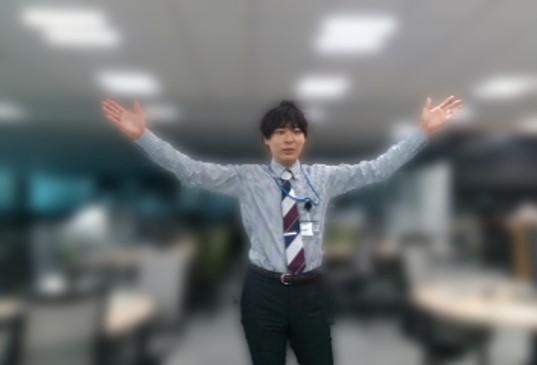
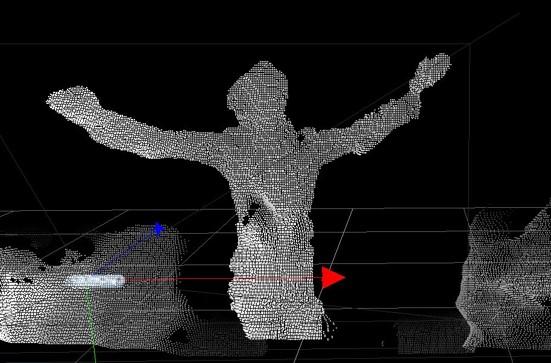
Logistics/Logistics
・Understanding worker distribution for floor layout: heat map creation
・Behavioral analysis of skilled workers: Skeletal analysis
Real estate developer
・Improve security quality in facilities: anomaly detection icetana anomaly detection solution
・Marketing around facilities: Solutions using attribute analysis and people counting AI image analysis
Technology
RGB camera
It acquires two-dimensional planar data that is close to human visual information as an image, and is widely used in surveillance cameras and digital cameras.
Radar
It is possible to measure distance, relative velocity, and angle by irradiating radio waves and detecting the radio waves that are reflected back from the object. In order to measure the reflection of radio waves, an antenna is required for irradiation and reception, respectively. By installing multiple receiving antennas, it is possible to detect the direction of movement of an object, the shape of an object, and the posture of a person from the phase difference. .
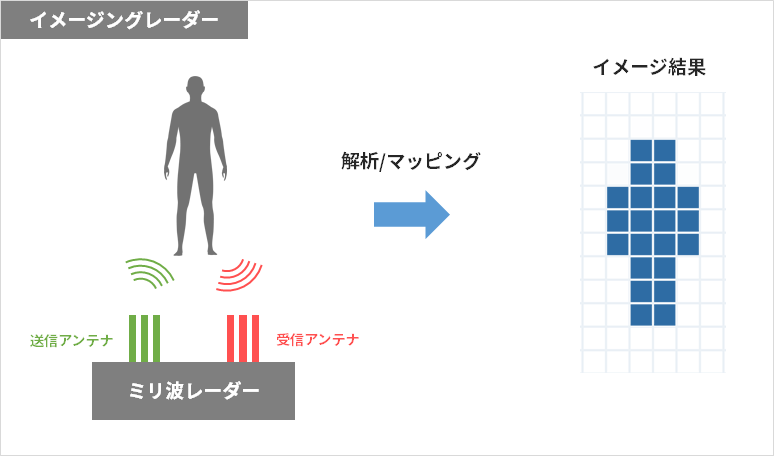
addition, measurement can be performed without problems even in bad environments (rain, snow, fog,dust, etc.)or in the dark, and it isalso possible to detect acrylic plates and glass that transmit light. However, sinceit uses radio waves,it cannot be used in Japan unless it is registered with the Radio Law.In
lidar
It is a measurement method that utilizes the phase difference of light. Output an IR signal from the LED (Emitter) side, measure the reflected signal (Receive), and estimate the distance.
The reflected signal is out of phase, so distance can be estimated from it.
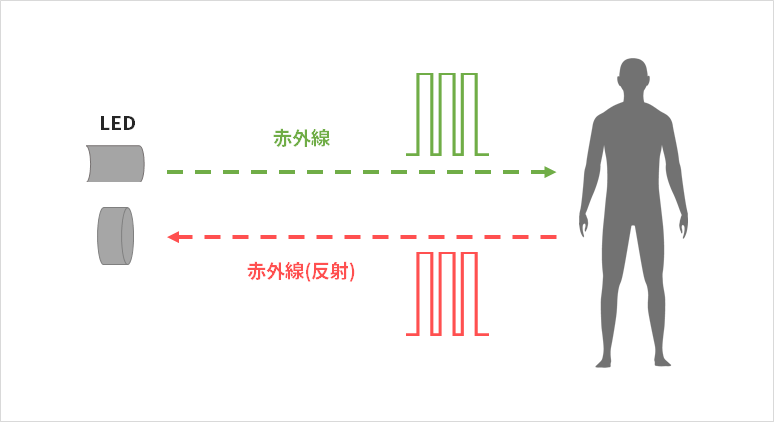
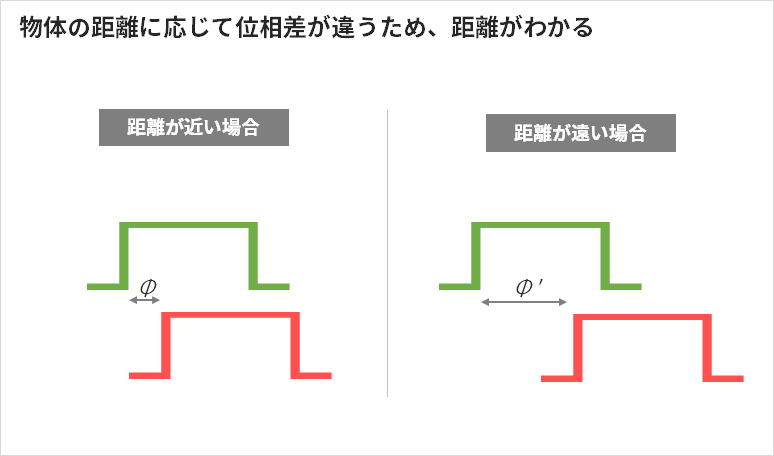
Suggestions from Macnica
At Macnica, we have a lineup of many sensor technologies when it comes to image analysis, and unless you choose the most suitable one depending on the usage environment and application, you will not be able to use it properly. Additionally, I often hear of cases where the system has been introduced, but the data is not being collected properly, or the data that has been collected is not being utilized properly.
At Macnica, we provide consistent support from selection to support, so please feel free to contact us.
